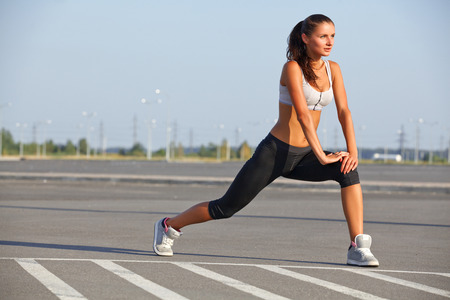This test is run by .
Note that your final mark will not be saved in the system.
Note that your final mark will not be saved in the system.
1.2.c. Prevention of injury Typeit
Target Level
4-5
Running Total
0
0%
Attempt
1 of 3
Type the correct answers into the spaces. Fill all the spaces before clicking ‘Check Answers!’

It is important to always train safely to avoid injury. If injury occurs, any adaptations from training may be lost, as the performer is unable to carry on training until they have recovered. Identify the following factors that should be taken into account by both coaches and performers to minimise the risk of injury:
- A warm-up should be completed before the main exercise to help to prepare the body by increasing intensity. A should be completed after the main exercise to help the body transition back to a resting state.
- Participating at an appropriate level of – if the standard is too high, then an individual may overreach in attempt to match that standard, increasing their risk of physical injury. Moreover, the other participants might be more physically developed and cause harm to an individual, especially in contact sports. For example, some youth football leagues have introduced 'bio-banding' into their competitions, which pairs opponents not by age, but by physical maturity. This is one example of how similar playing standards can assist with the reduction in injury risk.
- Correct should be used when lifting and carrying weights – lifting weights correctly should be a priority over lifting weights that are heavy. The majority of injuries that occur with lifting weights poorly arise in the lower back, due to its central location for all limb movements of the human body. This is why it is commonly said that you should lift with your legs instead, keeping the vertebrae straight throughout the movement.
- Appropriate (e.g. footwear) should be used – this should be adapted to the relevant weather conditions, surface and/or sporting activity. For example, rainy conditions can result in a slippery surface; therefore, footwear with grip, and waterproof jackets, should be worn.
- Personal equipment (PPE) should be worn in sports that have an elevated potential to cause physical harm to participants. For example, cricket batsmen are required to wear a to protect the brain in the unfortunate event that the ball makes contact with their head.